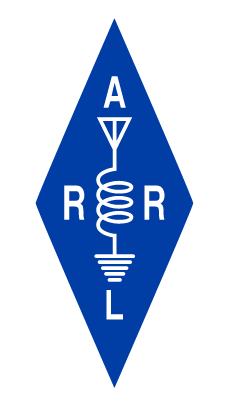 From ema.arrl.org:
From ema.arrl.org:
Seth Kendall, KC1PZY, writes on the New England Sci-Tech mailing list:
We plan to hoist up our payloads as high as we can over [New England Sci-Tech] this Sunday (May 7th) at 1pm. The payload will be running the full repeater setup and live video transmission for flight.
We’d like to invite anyone who might have line of sight with NEST to try calling in once we start the event to test the functioning and propagation. Keep in mind, the repeater uses low power HTs with homemade Slim Jim antennas, so do not expect the level of performance achieved by the real NEST repeater. It is also expected to get significantly better signal up in free space during the flight than it will on the ground.
We are putting out a call to see if anyone has a long, sturdy gopher pole or extendable mast that could be temporarily mounted on the roof and hold 5 lbs. up vertically without bending.
To participate, here is what you need to do:
- Set up your UHF/VHF radio to these frequencies:
- Uplink (your transmit): 446.05 MHz
- Downlink (your receive): 146.55 MHz
- Use the best dual band antenna you’ve got, or two single band antennas with duplexer. Antenna height will help a lot.
- Write down your distance from NEST and include it in the exchange.
- We’ll try to have someone calling CQ as W1STR during the test and writing down contacts and distances.
- If you’d like to come join us at NEST during the event to help with setup and operation, come join us around noon. We’ll either be in the makerspace or on the roof. We can order some food as well.
We are also looking for a volunteer to try receiving the video signal from some place with direct line of sight that is further than right down the street. Ideally 1-5 miles away (not expecting the kind of propagation we’ll get up in free space).
- If you’d like to volunteer, let me know.
- You’ll need a laptop with Windows.
- You’ll need to come into NEST either on Saturday or Sunday so I can give you the receive antenna we are testing, the receiver hardware, and help you set up your computer to input and view the video feed.
- You’ll need to find a place with direct line of sight (that’s the hard part).
